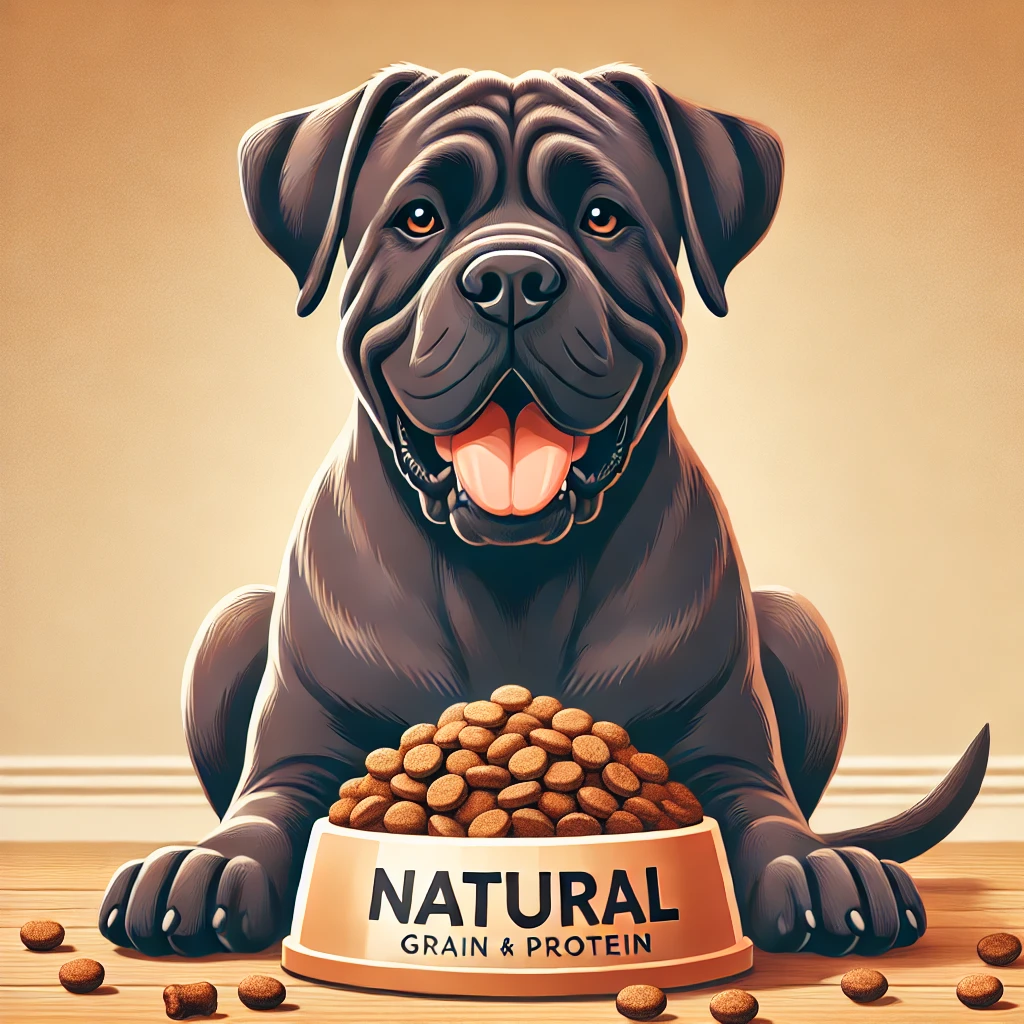Dog Food: What You Need to Know
Share

🥩 Dog Food: What You Need to Know 🐶🍽
Nutrition plays a vital role in the health and well-being of our four-legged friends. A well-nourished dog is a healthy dog with a beautiful coat, good digestion, and balanced energy. But how do you navigate all the options available? Here's a comprehensive guide to understanding your dog's dietary needs and providing them with the best nutrition.
The Different Types of Food
There are several ways to feed a dog, each with its own advantages and disadvantages:
✔ Kibble 🦴 : This is the most popular option because it's convenient and balanced when chosen well. Choose high-quality kibble with a good proportion of animal protein, few grains, and natural ingredients.
✔ Homemade ration 🍲 : This involves preparing your dog's meals yourself with fresh ingredients. Balance is essential: meat or fish, vegetables, starchy foods, oil, and supplements (calcium, vitamins). It is recommended to consult a veterinary nutritionist to establish an appropriate ration.
✔ BARF (Biologically Appropriate Raw Food) 🥩 : A diet based on raw foods (meat, meaty bones, offal, vegetables). Very natural for dogs, it nevertheless requires a thorough understanding of their needs to avoid deficiencies or imbalances.

✔ Wet and dry food 🍛: These are often tasty and hydrating, but can contain a lot of water and sometimes additives. They are ideal for dogs with chewing difficulties or specific needs.
🛑 Beware of sudden changes in diet, which can cause digestive problems. A gradual transition is essential over about ten days.
What are the GOOD and BAD kibbles? 🦴
✔️ Examples of GOOD kibble (rich in quality animal protein, low in cereals or without)
🥇 Recommended high-end kibble:
✅ Orijen – Made with over 85% animal-based ingredients, grain-free and rich in fresh meats.
✅ Acana – Similar to Orijen, with fresh ingredients and no grains, but with a slightly lower protein content.
✅ Wolfood – Good alternative, rich in meat and well balanced.
✅ Lily's Kitchen – Natural ingredients, no by-products and no chemical additives.
✅ Carnilove – Grain-free, high in protein and suitable for active dogs.
✅ Farmina N&D – Excellent quality, with a good balance of proteins, lipids and carbohydrates.
💡 To favor:
✔ At least 30% animal protein
✔ Grain-free or with very little (no corn, wheat or soy)
✔ Low carbohydrate (less than 30%)
✔ Natural and legible ingredients
❌ Examples of BAD kibble (too much grain, little meat, harmful additives)
⚠️ To absolutely avoid:
❌ Pedigree – Lots of grain and very little real meat.
❌ Frolic – Filled with sugars, colors and animal by-products.
❌ Friskies – Lots of low-quality animal meal, little real protein.
❌ Purina One / Pro Plan low-end – Presence of animal by-products and too much cereal.
❌ Royal Canin (standard range) – Too high a content of cereals (wheat, corn), often poor quality proteins.
❌ Ultima – Lots of grains and artificial additives.
💡 Why are these kibbles bad?
❌ Meat content too low (sometimes less than 10%!)
❌ Too many grains and carbohydrates (sometimes 50%!)
❌ Presence of animal by-products (beaks, feathers, carcasses, etc.)
❌ Addition of harmful colorants, chemical preservatives and flavor enhancers
📌 How to choose the right one?
✔ Meat must be the first ingredient
✔ No (or little) cereals (avoid corn and wheat)
✔ Avoid vague terms like “animal protein” or “by-products”
✔ Less than 30% carbohydrates
🐶 Every dog is unique! You need to adapt the kibble to its age, size, and activity level.

Toxic Foods to Absolutely Avoid 🚫
Some foods are harmless to us, but toxic, even fatal, to dogs. Here are the main dangers to avoid:
❌ Chocolate 🍫: Contains theobromine, a substance toxic to dogs.
❌ Onions, garlic, leeks 🧄: Can cause severe anemia.
❌ Grapes and raisins 🍇: Cause kidney failure, even in small quantities.
❌ Avocado 🥑: Contains persin, which is toxic to dogs.
❌ Cooked bones 🍖: Risk of intestinal perforation and choking.
❌ Macadamia nuts 🌰: Highly toxic, cause neurological disorders.
❌ Alcohol, coffee, tea ☕ : Dangerous for the dog's nervous system.
💡 If your dog ingests a toxic food , contact a veterinarian immediately.
Hydration: Essential for Good Health 💧
A dog should always have access to clean, fresh water. Lack of hydration can cause kidney and urinary problems.
✔ Average amount: A dog should drink between 50 and 70 ml of water per kg of body weight per day.
✔ Tip: In summer or after exercise, remember to offer more water and avoid heat stroke.
Treats: Good or Bad? 🍪
Treats are a great training tool, but they should be given in moderation.
✔ Good treats: Dried meat, pieces of suitable fruits and vegetables (apple, carrot), homemade biscuits.
❌ To avoid : Industrial sweets too rich in sugar, salt and additives.
Conclusion: Offer the Best to your Dog 🐾
Nutrition is key to a long and healthy life for your pet. Take the time to observe their preferences, health, and energy levels to adjust their meals accordingly.
🐕 A well-fed dog is a happy dog! Do you have any questions or experiences to share about feeding your little one? Tell me all about it in the comments! 💬💛
